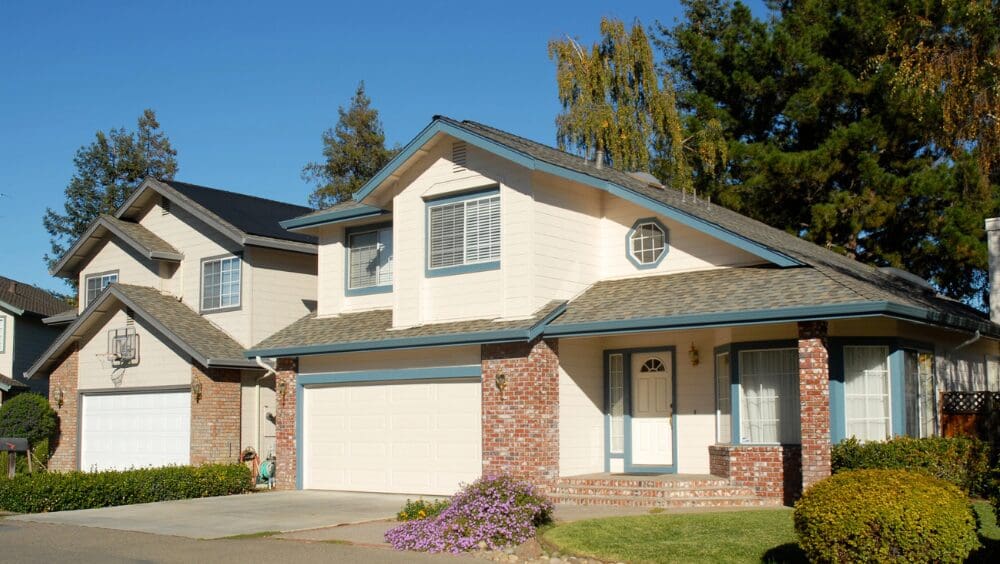
Navigating the real estate market in Pennsylvania, especially when you’re trying to coordinate the sale of your current home with the purchase of a new one, can be a challenging balancing act. The task becomes even more daunting when faced with low inventory and high prices. You might find yourself contemplating a scenario where you sell your home, move to a temporary location, and then embark on the hunt for your new dream house. This approach, however, can be stressful and less than ideal. Enter the bridge loan, a potential lifeline in this complex process. This financial tool could be the missing piece that helps make your home-buying journey seamless and less burdensome. In this post, we’ll provide tips and insights about bridge loans in Pennsylvania, and how to Buy Before You Sell. A bridge loan is essentially a financial tool designed to help you, the homeowner, when you’re caught in the common dilemma of needing to buy a new home before selling your existing one. Imagine it as a short-term lending solution that taps into the equity of your current home. This provides you with the necessary funds to make a down payment and handle closing costs on your next home purchase in Pennsylvania. Think of a bridge loan as a temporary financial pathway. It effectively “bridges” the gap between the time you buy your new home and the time you sell your old one. Due to their temporary nature and the inherent risks involved, bridge loans usually come with slightly higher interest rates compared to conventional mortgages. In Pennsylvania, a typical scenario where you might consider a bridge loan is when you find your dream home but haven’t yet sold your current property. In this situation, the equity from your existing home is leveraged to cover the down payment and closing costs for your new home. Often, the lender who is financing your new home will also provide the bridge loan. They’ll usually require that your current home is actively listed for sale. These bridge loans are generally available for a period ranging from six months to a year, giving you some breathing room. Your lender will likely assess your debt-to-income ratio (DTI) to determine your eligibility for a bridge loan. This calculation will include your existing mortgage payments, the expected payments for your new home, and any interest-only payments on the bridge loan. This comprehensive evaluation ensures that you can manage the financial obligations of both properties concurrently. However, there’s a possible silver lining if your current home is close to being sold. If it’s under contract and the buyer has secured their financing, your lender might consider only the mortgage payment of your new home when calculating your DTI. Bridge loans in Pennsylvania offer several advantages that can make your homebuying experience more flexible and less stressful. Here are some key benefits: These benefits make bridge loans an appealing option for Pennsylvania buyers who need financial flexibility before they can sell their existing home, ultimately allowing them to settle the bridge loan using the sale proceeds. Bridge loans can be a helpful financial tool, but they also come with certain drawbacks that are important to consider: These considerations are crucial in assessing whether a bridge loan is the right choice for your financial situation and real estate goals.What is a residential bridge loan?
How does a bridge loan work in Pennsylvania?
What are the benefits of a bridge loan in Pennsylvania?
What are the drawbacks of a bridge loan?



